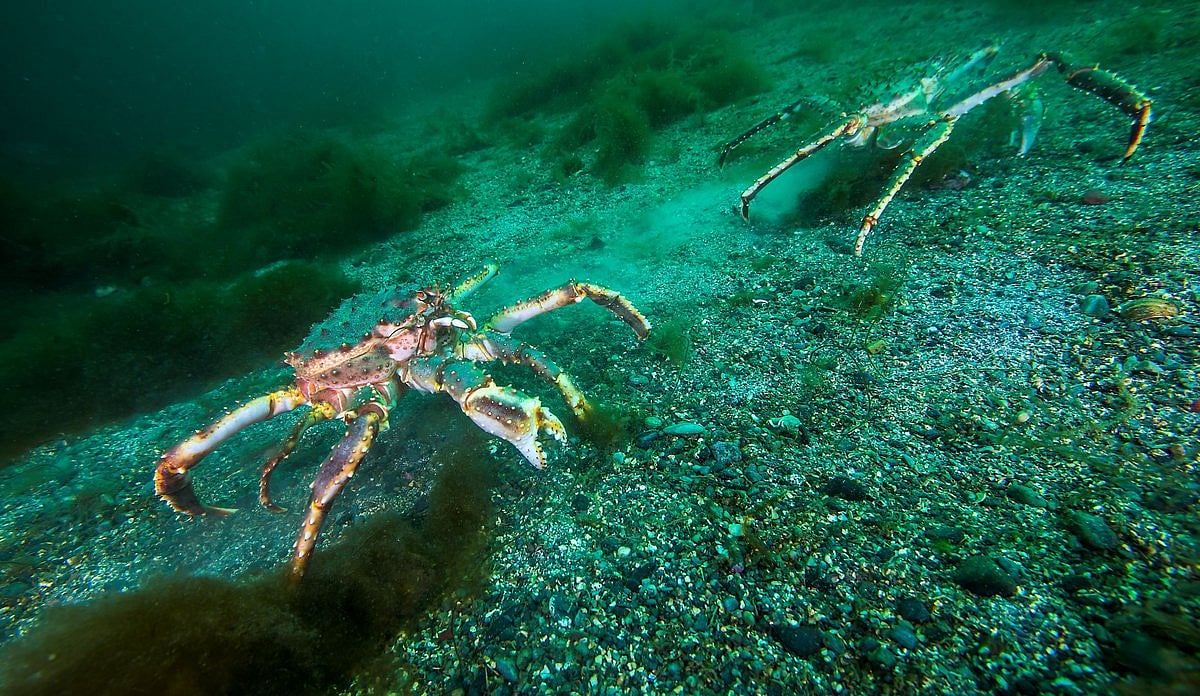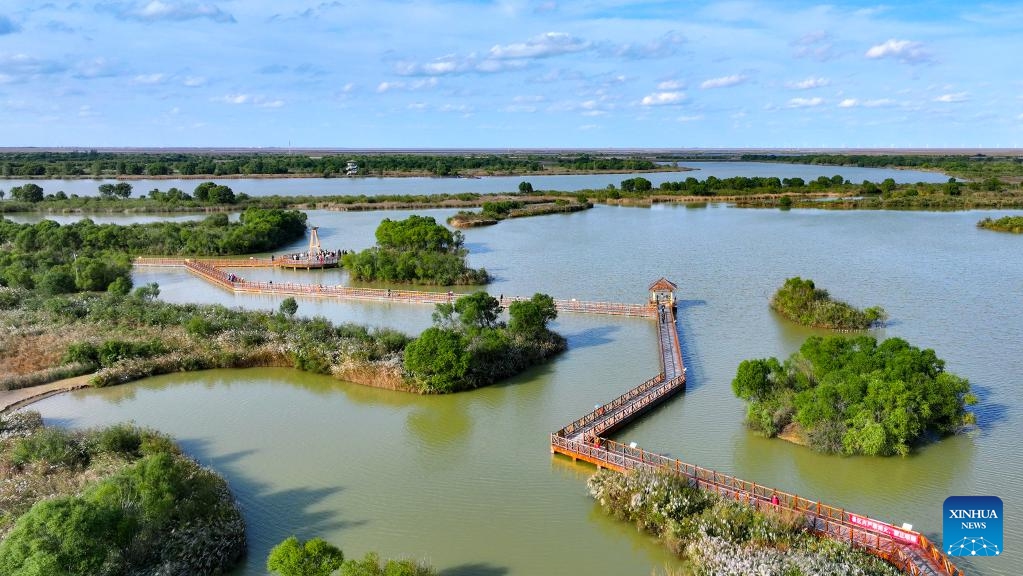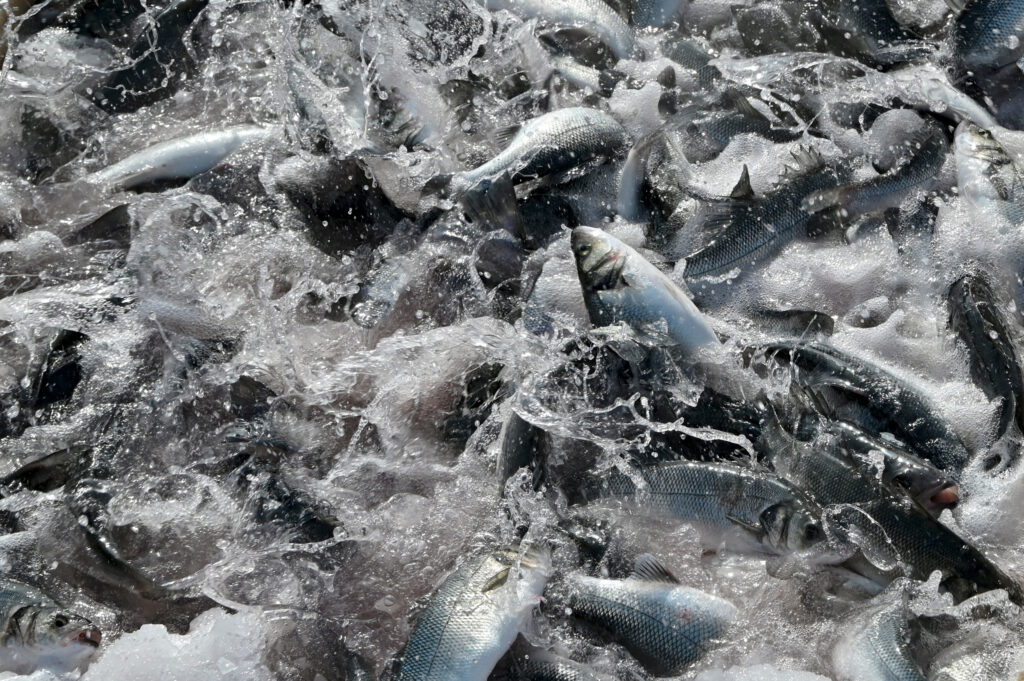Norwegian researchers recommend reducing the king crab quota by 2026 – WEAREAQUACULTURE

Report on the 2026 King Crab Fishery Quota Recommendation in Norwegian Waters
Executive Summary
The Norwegian Institute of Marine Research has issued its scientific advice for the 2026 king crab fishing season. The primary recommendation is to establish a total allowable catch (TAC) of no more than 850 tons for male crabs in the quota-regulated area. This represents a 44% reduction from the previous year’s recommendation. This precautionary approach is based on stock assessment data indicating a decline in the harvestable population, driven by increased fishing mortality in recent years. The recommendations are designed to align fishing practices with key United Nations Sustainable Development Goals (SDGs), particularly SDG 14 (Life Below Water), by ensuring the long-term viability of the stock and the marine ecosystem.
Stock Assessment and Scientific Findings
The 2026 quota advice is informed by extensive research conducted in the fjords of Finnmark. The methodology for the stock assessment includes:
- An annual survey cruise utilizing 111 trawl hauls and 24 trap stations.
- Collection of comprehensive data on the king crab population, including size, sex, physical condition, roe status, and shell age.
- Integration of survey data with commercial fishery data to model stock development and fishing mortality.
Key findings from the assessment reveal a downward trend in the exploitable portion of the king crab stock. An updated methodological review, while consistent with previous models, indicates a more negative trend in the development of harvestable male crabs. This scientific-based approach directly supports SDG 14.4, which aims to effectively regulate harvesting and end overfishing, and SDG 14.a, which calls for increasing scientific knowledge to improve ocean health.
Dual Management Strategy and SDG Alignment
The management of king crab, an introduced species in Norway, follows a dual-objective strategy that balances economic interests with ecological protection, reflecting the principles of SDG 14 (Life Below Water) and SDG 8 (Decent Work and Economic Growth).
- Quota-Regulated Zone (East Finnmark): The primary goal is to maintain a sustainable, long-term commercial fishery. The proposed quota reduction is a direct measure to achieve this, ensuring the fishery can continue to support local economies in line with SDG 8, while preventing stock collapse as targeted by SDG 14.
- Open Fishing Zone (West of North Cape): The objective is to limit the westward spread of this invasive species to protect native ecosystems. This policy aligns with SDG 14.2, which focuses on the protection and restoration of marine and coastal ecosystems.
The management framework aims to keep the probability of the stock falling below the biomass limit reference point (Blim) under 10% and the probability of fishing mortality exceeding the limit reference point (Flim) under 35%. This risk-based management is a core component of responsible production, as outlined in SDG 12 (Responsible Consumption and Production).
Recommendations for Sustainable Management
To ensure the protection and sustainable exploitation of the king crab stock, the Norwegian Institute of Marine Research puts forth the following recommendations:
- Total Allowable Catch: The total catch of male crabs in the quota-regulated area for 2026 should not exceed 850 tons.
- Seasonal Closure: Fishing should be closed in the quota-regulated area from March 1 to April 30, at a minimum. This measure is critical for protecting the stock during the vulnerable molting and reproduction period, thereby supporting the population’s long-term health and productivity (SDG 14).
- Depth Restriction: To further reduce physical injury to crabs during handling, it is recommended that fishing be prohibited in waters shallower than 100 meters.
Sustainable Development Goals (SDGs) Addressed in the Article
SDG 14: Life Below Water
- The article is fundamentally about the conservation and sustainable use of a marine resource, the king crab. It directly addresses the challenges of managing a fishery to prevent stock depletion and ensure its long-term viability. The core issues discussed, such as declining crab populations (“downward trend since 2003”), fishing mortality, and the implementation of catch quotas, are central to the objectives of SDG 14.
SDG 12: Responsible Consumption and Production
- This goal is relevant as the article discusses the sustainable management of a natural resource. By proposing a reduced fishing quota based on scientific assessment, the Norwegian Institute of Marine Research is promoting a production pattern (fishing) that is sustainable and does not deplete the resource base, which aligns with the principles of responsible resource management under SDG 12.
Specific SDG Targets Identified
-
Target 14.4: Effectively regulate harvesting and end overfishing… and implement science-based management plans…
- The article is a clear example of this target in action. The Norwegian Institute of Marine Research uses scientific data (“survey cruise,” “trawl hauls,” “trap stations”) to create a science-based management plan. The recommendation to reduce the total catch quota to 850 tons is a direct measure to “effectively regulate harvesting” and combat the “higher fishing mortality” that resulted from previous quotas, thereby aiming to “end overfishing.”
-
Target 14.2: By 2020, sustainably manage and protect marine and coastal ecosystems…
- The recommendation to close fishing in East Finnmark “from March 1 to April 30” is a specific measure to protect the king crab stock during its vulnerable molting and reproduction period. The article states this will “protect the stock” and “help maintain a productive population.” Furthermore, the proposal to prohibit fishing “shallower than 100 meters” is another measure aimed at protecting the ecosystem where crabs congregate to reproduce.
-
Target 14.a: Increase scientific knowledge, develop research capacity and transfer marine technology…
- The article highlights the crucial role of scientific research in sustainable fisheries management. It details the work of the Norwegian Institute of Marine Research, including their annual “survey cruise,” data collection on population composition (“size and sex, but also injuries, roe, and shell age”), and the use of updated models and “cruise indices” to reduce uncertainty in stock assessments. This entire process demonstrates the application of scientific knowledge to inform policy.
-
Target 12.2: By 2030, achieve the sustainable management and efficient use of natural resources.
- The article’s focus on adjusting fishing quotas based on the health of the king crab stock is a direct application of sustainable natural resource management. The goal is to ensure that the crab fishery can continue in the long term (“maintain a long-term fishery”) by not over-exploiting the resource today. The reduction in the recommended quota from the previous year is a clear action towards this target.
Indicators for Measuring Progress
-
Stock biomass relative to limit reference points (Blim)
- The article explicitly mentions a key management objective is to ensure “less than a 10% probability of the stock falling below the Blim (biomass limit reference point).” This is a direct, quantifiable indicator used to measure whether the crab stock is being maintained at a biologically sustainable level.
-
Fishing mortality rate relative to limit reference points (Flim)
- The article states that a goal is to maintain a “maximum probability of 35% that fishing mortality will exceed the Flim (fishing mortality limit reference point).” It also notes that past quotas led to “higher fishing mortality.” This makes the fishing mortality rate a critical indicator for assessing the pressure on the stock and the effectiveness of quota regulations.
-
Implementation of science-based conservation measures
- The article implies several indicators of progress through its recommendations. These include:
- The annual total allowable catch (TAC) or quota set for the fishery (e.g., the recommended “850 tons”).
- The establishment of seasonal closures (“closing fishing… from March 1 to April 30”).
- The implementation of spatial restrictions (a prohibition on fishing “shallower than 100 meters”).
- The article implies several indicators of progress through its recommendations. These include:
-
Application of scientific research in management
- The article implies that the extent and quality of scientific research are used as an indicator of sound management. This is demonstrated by the detailed description of the research activities, such as conducting “111 trawl hauls and 24 trap stations,” using a “combination of trawl and traps” for robust data, and updating “survey indices” to create more accurate stock assessments.
Summary Table of SDGs, Targets, and Indicators
| SDGs | Targets | Indicators |
|---|---|---|
| SDG 14: Life Below Water | 14.4: Effectively regulate harvesting and end overfishing. |
|
| 14.2: Sustainably manage and protect marine and coastal ecosystems. |
|
|
| 14.a: Increase scientific knowledge. |
|
|
| SDG 12: Responsible Consumption and Production | 12.2: Sustainable management and efficient use of natural resources. |
|
Source: weareaquaculture.com
What is Your Reaction?
 Like
0
Like
0
 Dislike
0
Dislike
0
 Love
0
Love
0
 Funny
0
Funny
0
 Angry
0
Angry
0
 Sad
0
Sad
0
 Wow
0
Wow
0




















































.jpg.webp?itok=0ZsAnae9#)



























